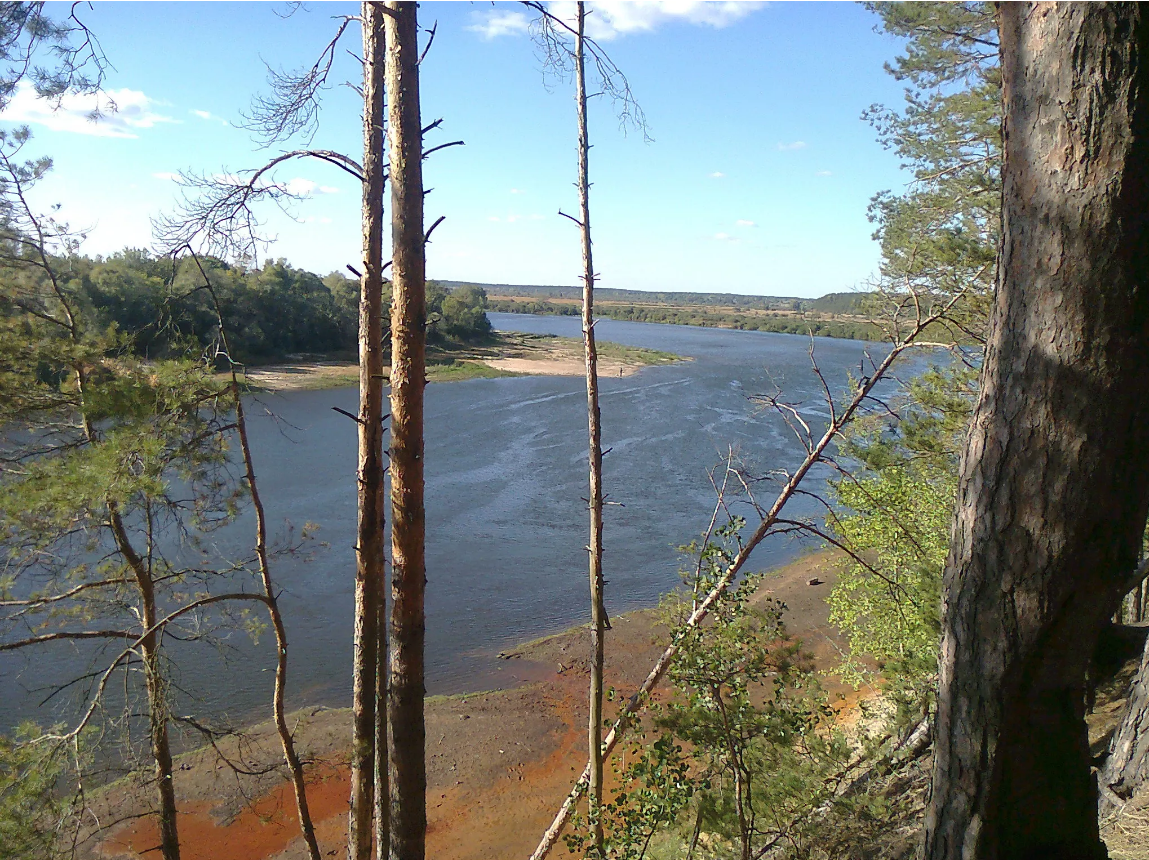Calls to abandon plan for proposed ‘E40’ waterway in light of unprecedented drought in Eastern Europe
Experts have called for a far-reaching response to a devastating drought affecting large parts of Eastern Europe, including Polesia. In April, groundwater levels in Ukraine were reported to have fallen to their lowest levels since records began more than a century ago. Scientists have warned such events will be far more common in future due to climate change. They have pointed to the need to restore forests and wetland areas that can mitigate the effects of droughts, and to halt practices that intensify them – including the construction of the planned ‘E40’ waterway that will cut through the heart of Polesia.
Worst drought in 100 years
During spring, Polesia is normally drenched by snowmelt that transforms the region into a maze of swamps and wetlands. However, this year’s winter was exceptionally warm and there was almost no snow. The floods failed and the region experienced some of the worst wildfires in living memory. The dry conditions have affected large parts of Eastern Europe, with countries such as Ukraine reporting groundwater levels at less than half the seasonal average.
The unprecedented drought is taking a huge toll on river flows, soil fertility, and drinking water supplies. And there are fears the situation will deteriorate further, with authorities acknowledging that action needs to be taken to address water shortages that could ruin crops and dry out springs. However, concerns abound that not enough is being done to address the broader impacts of environmental damage caused by mining, dredging, farming and deforestation.
One leading hydrologist has called for a reassessment of the dynamics of water resources in the region in the context of global climate change. Speaking to the GreenPost, Eugene Yakovlev warned that rising temperatures, unreliable rainfalls, intensive farming, soil erosion, and degradation of run off systems are placing unprecedented stress on resources in Ukraine, where water is already relatively scarce compared to other European countries.
A devastating blow
The situation is particularly acute in Polesia, where a planned major shipping route, known as the ‘E40’ waterway, is predicted to have widespread impacts on the hydrology of the region.
As well as diminishing the water supply of millions of people downstream, droughts in Polesia threaten wildlife, endanger local communities, and could result in the release of huge amounts of carbon into the atmosphere from dehydrated peat burning. But researchers say there is also an opportunity to mitigate the worst effects of climate change by halting damaging projects such as the ‘E40’ waterway, restoring forests and wetlands, and increasing efforts to monitor the situation in the future.
* The photo shows the Dnieper river near the Belarusian Gomel in a flooded year (Photo: Oleg Lystopad)
More information:
Read the articles from our Ukrainian “Save Polesia” colleague Oleg Lystopad:
– GreenPost article with an interview with hydrogeologist Eugene Yakovlev
– GreenPost article “There is no water, the authorities are in a panic. What should Ukrainians do?”
– GreenPost article “Despite the rains, the rivers continue to dry up”


